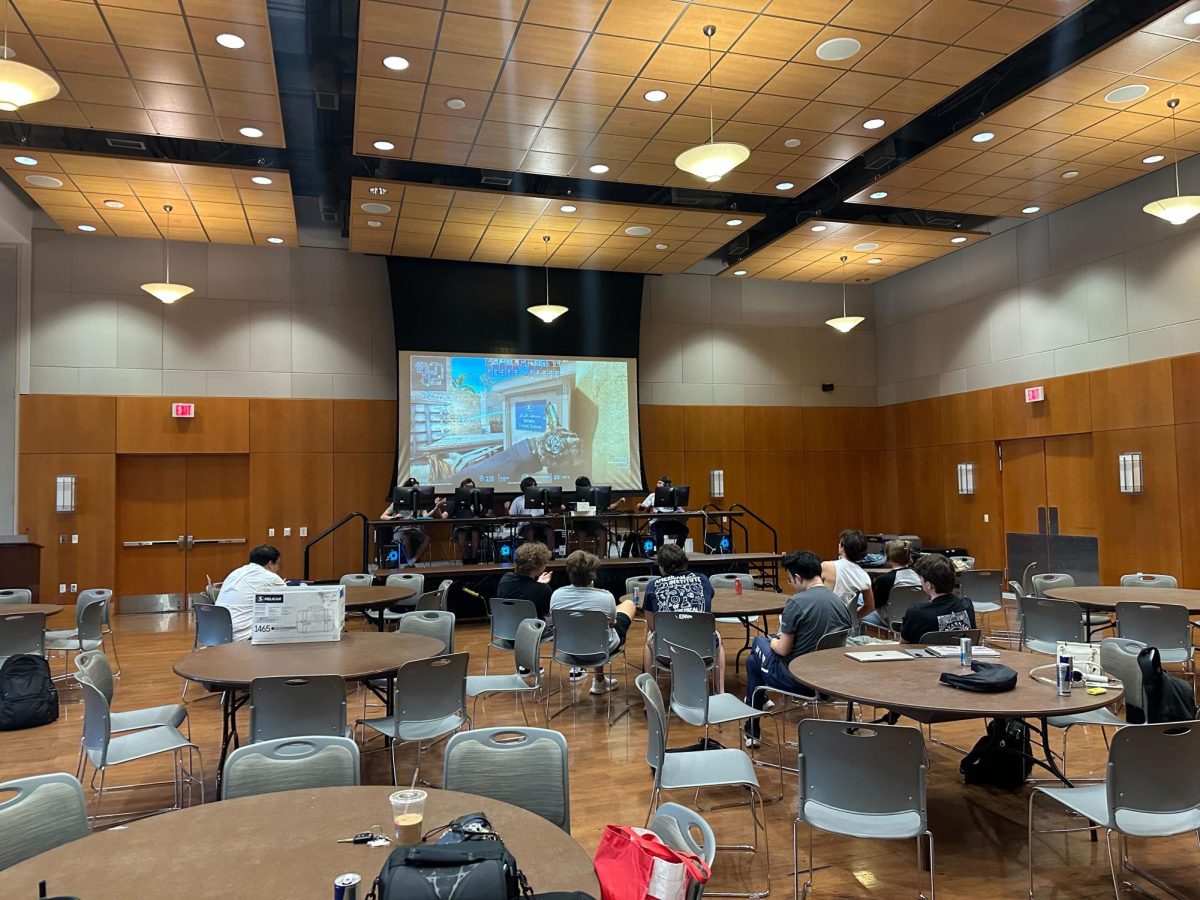Summer is always unkind to gamers. The releases are few, the news is slow and everyone you usually play with is on vacation. Maybe it’s because of competition from Hollywood or marketing research, but game publishers are convinced summer isn’t the time to release games.
Despite that belief, this summer was full of news on what Sony, Microsoft and Nintendo have in store for the upcoming year and a couple of quality, high-budget releases.
The summer began with the Electronic Entertainment Expo, the largest annual game conference of the year, which had Sony, Nintendo and Microsoft offering a closer look at their upcoming hardware and unveiling many surprises to the public.
While Nintendo struggled to get its Wii controller to work onstage (cell-phone interception allegedly was to blame), the new motion-control technology — Microsoft’s Kinect and Sony’s Move — garnered mixed reactions from attendees.
For such a heavily controlled environment and original technology, the demos of the games were said to be unresponsive and uninspired, apart from a couple of exceptions that implemented the technology in novel ways.
Test units at various shopping centers that have recently been released for Kinect are only making it more clear how troublesome the product is with drastic lag and strict limitations on how much free space is required to play.
The big story, though, was Nintendo’s 3DS — a name so simple that it can only lead to confusion. Not only is it a new, improved DS with a thumbstick and higher-resolution graphics, but it’s also in 3-D. The best thing is that no dorky glasses are required to experience games in 3-D, and it looks stunning.
To go along with the 3DS, Nintendo stole the show by announcing new entries in the “GoldenEye 007,” “Donkey Kong Country,” “Kid Icarus” and “Kirby” series. The first two are being handled by new developers, but their intentions of blending the old with the new seem promising.
Sony finally got around to showing off its Move technology, which seems like nothing more than a more accurate, glow stick-looking Wii Remote. One of the new games designed for Move, “Sorcery,” allows players to control a young wizard by directly manipulating his wand to cast spells, an interesting idea wrapped around a rather uninspired world and aesthetic.
The rest of its lineup focused on converting new entries in older series to work with the technology, as is the case with “SOCOM 4” and “Killzone 3” — but don’t worry, you can still use a traditional controller. There was also the announcement of a new “Twisted Metal,” for those who don’t think firing missiles from an ice-cream truck should be left back in 1997.
The same can’t be said of Microsoft, who focused solely on copying Nintendo’s past successes in the hope that they can cash in on what has already been sold. Even worse, some of the technology shown in Kinect’s promotional videos from last year, such as the ability to scan any real-world object and add it to the game, were not shown in any demos or publicly discussed this year.
As far as current releases are concerned, the summer has been expectably slow. “Super Mario Galaxy 2,” “Alan Wake” and “Red Dead Redemption,” Rockstar San Diego’s American Old West take on the “Grand Theft Auto” series, started off the summer with strong reviews and sales.
Not until the release of “StarCraft II: Wings of Liberty” in late July was there another release worth talking about. Not that there needs to be, considering how much praise and attention the game is receiving, and rightfully so after seven years in development and 12 years after the release of the original.











